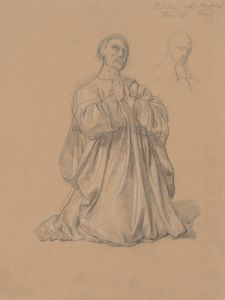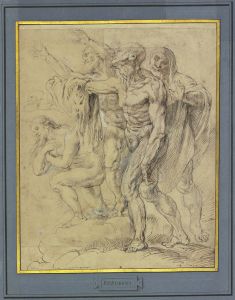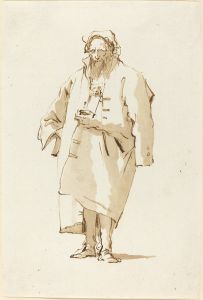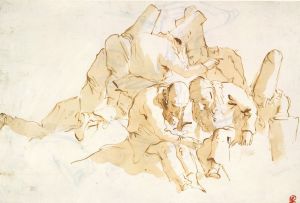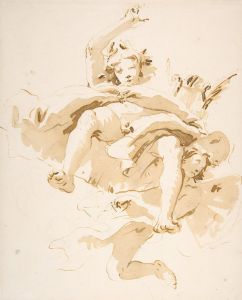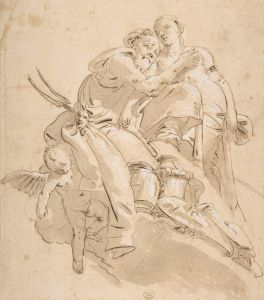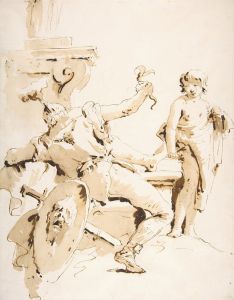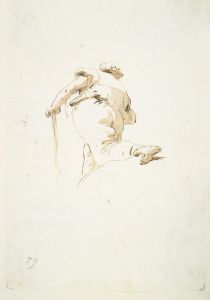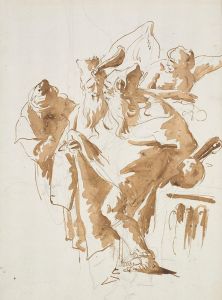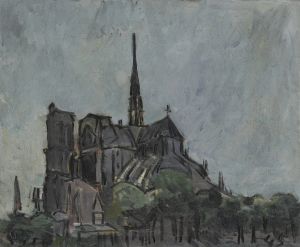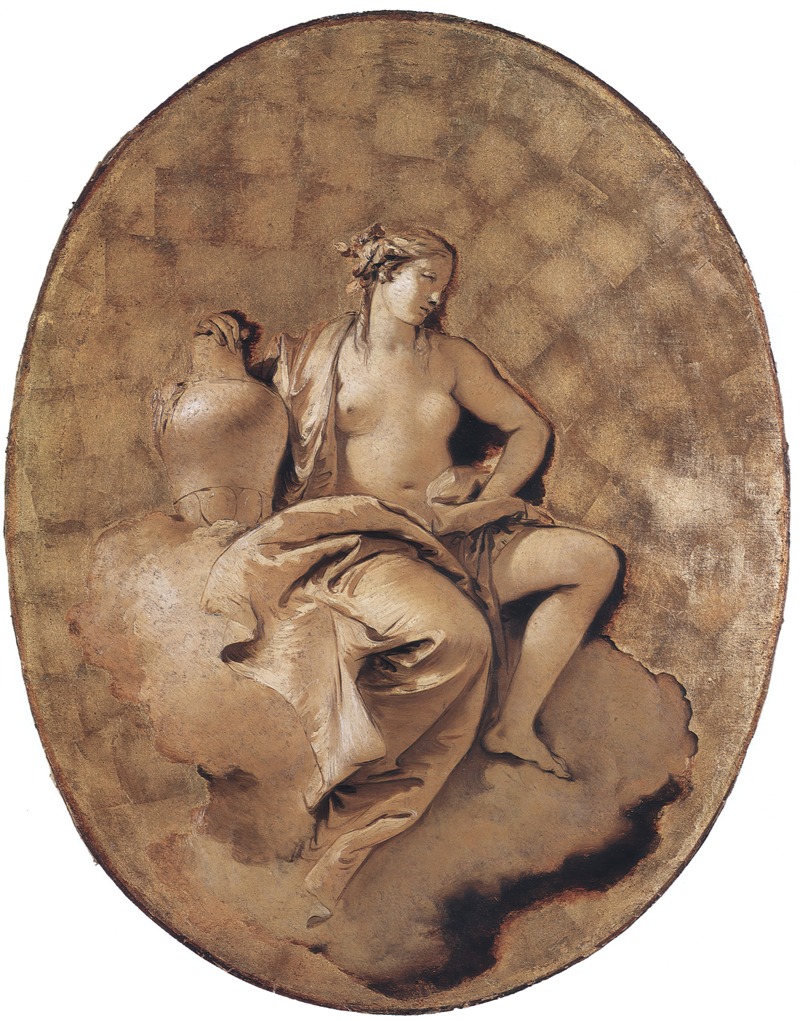
A Female Allegorical Figure
A hand-painted replica of Giovanni Battista Tiepolo’s masterpiece A Female Allegorical Figure, meticulously crafted by professional artists to capture the true essence of the original. Each piece is created with museum-quality canvas and rare mineral pigments, carefully painted by experienced artists with delicate brushstrokes and rich, layered colors to perfectly recreate the texture of the original artwork. Unlike machine-printed reproductions, this hand-painted version brings the painting to life, infused with the artist’s emotions and skill in every stroke. Whether for personal collection or home decoration, it instantly elevates the artistic atmosphere of any space.
Giovanni Battista Tiepolo, an Italian painter and printmaker, is renowned for his distinctive style and significant contributions to the art world during the 18th century. One of his notable works is "A Female Allegorical Figure," which exemplifies his mastery in the Rococo style, characterized by its lightness, elegance, and exuberant use of color.
Tiepolo was born in Venice in 1696 and became one of the leading artists of his time. His works often featured grand historical and mythological themes, rendered with a sense of drama and movement. "A Female Allegorical Figure" is a testament to his skill in creating dynamic compositions and his ability to convey complex themes through his art.
The painting depicts a female figure, often interpreted as an allegory, which means she represents an abstract idea or concept. Allegorical figures were a common motif in Tiepolo's work, reflecting the intellectual and cultural currents of the Enlightenment period. These figures were used to personify virtues, vices, or other abstract concepts, making them a popular subject for artists seeking to convey deeper meanings through their work.
In "A Female Allegorical Figure," Tiepolo employs his characteristic use of light and color to bring the figure to life. The woman is depicted with a serene expression, her pose graceful and dignified. The use of soft, flowing drapery adds to the sense of movement and elegance, while the careful attention to detail in her features and attire highlights Tiepolo's technical prowess.
The background of the painting is typically rendered in a way that complements the figure, often featuring architectural elements or landscapes that provide context and depth. Tiepolo's use of perspective and his ability to create a sense of space are evident in this work, drawing the viewer's eye to the central figure and enhancing the overall composition.
Tiepolo's work was highly sought after during his lifetime, and he received numerous commissions from both religious and secular patrons. His ability to blend classical themes with contemporary styles made his work appealing to a wide audience, and his influence can be seen in the works of many artists who followed him.
"A Female Allegorical Figure" is a prime example of Tiepolo's ability to convey complex ideas through his art. The painting not only showcases his technical skill but also his deep understanding of the symbolic language of allegory. Through his use of color, light, and composition, Tiepolo creates a work that is both visually stunning and intellectually engaging.
Today, Tiepolo's works are held in high regard and can be found in major museums and collections around the world. "A Female Allegorical Figure" remains a significant piece within his oeuvre, reflecting the artistic and cultural milieu of 18th-century Europe and Tiepolo's enduring legacy as one of the great masters of the Rococo period.





